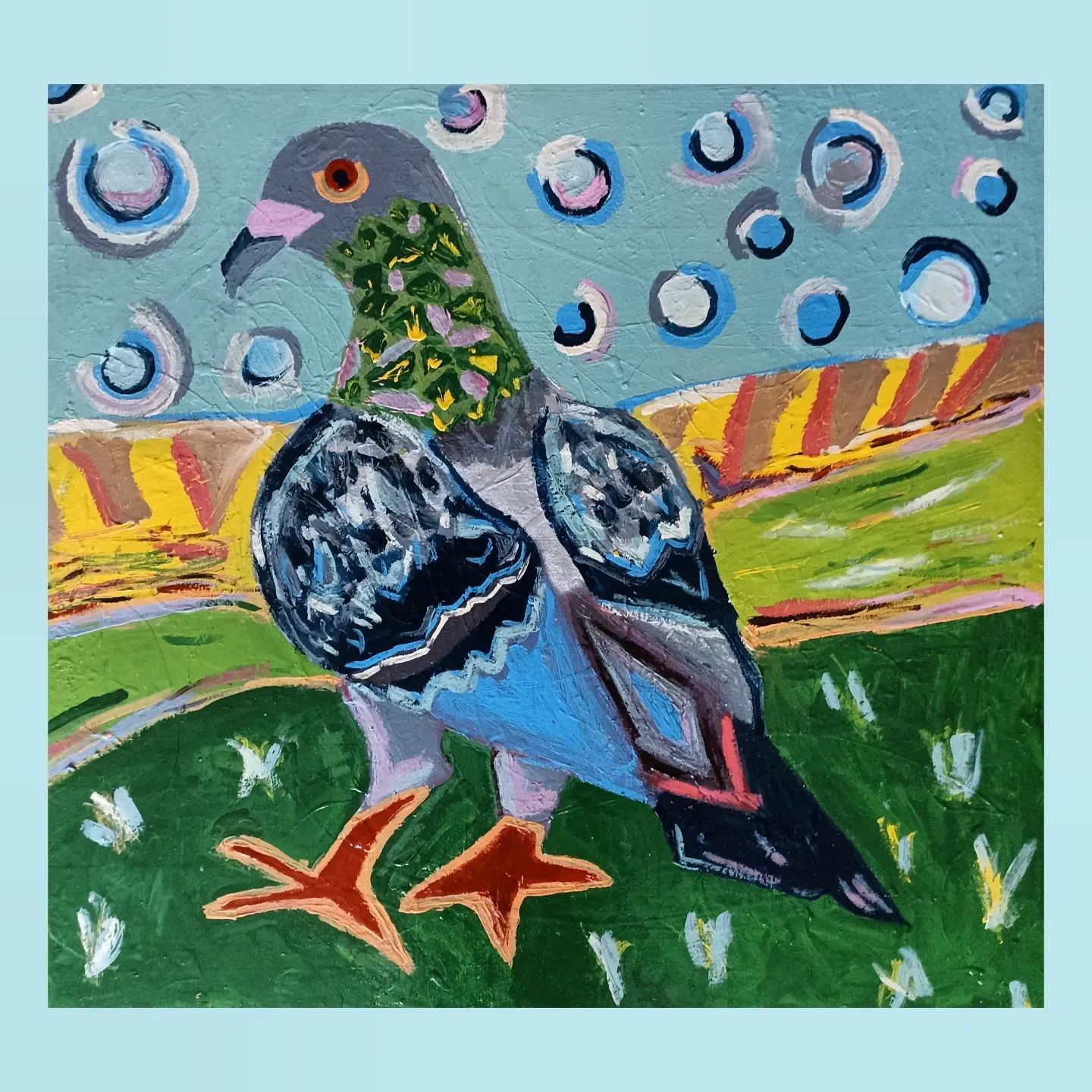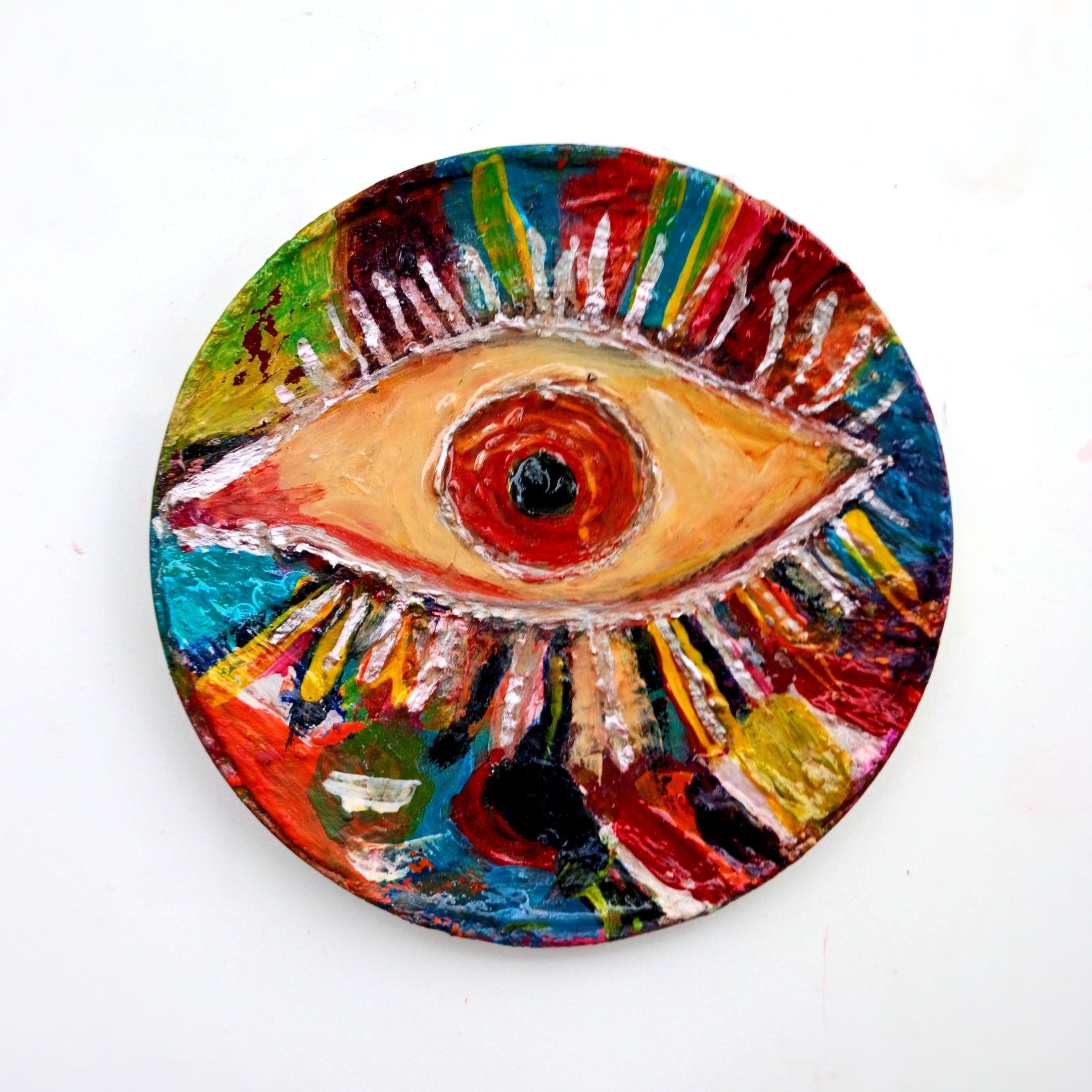Member-only story
Surrealism and the Subconscious: Interpreting Surrealist Works through a Jungian Lens

Introduction
Surrealism was an influential artistic movement in the early twentieth century that aimed to tap into the subconscious through dreamlike imagery. Artists such as Salvador Dali and Rene Magritte created fantastical paintings filled with strange juxtapositions and dream symbolism. In this analysis, we will delve into the relationship between surrealist art and the subconscious according to the theories of Carl Jung.

Exploring the Intersection of Surrealism and Jungian Psychology: Unveiling the Hidden Meanings in Surrealist Art
Jung was one of the most influential psychologists of the 20th century and a contemporary of the Surrealists. His ideas about dreams, archetypes, and the collective unconscious have intriguing intersections with Surrealist art. By viewing iconic Surrealist paintings through the lens of Jungian psychology, we can gain insight into the hidden meanings and motivations behind their bizarre creations. What were these avant-garde artists trying to communicate by portraying the realm of dreams and the unconscious so vividly in their work?

https://lolawyczolkowska.com
In this analysis, we’ll provide background on the Surrealist movement and Jung’s theories. We’ll then do a deep dive on several seminal Surrealist works, analyzing the symbolism based on Jung’s concepts like the collective unconscious and archetypes. Our goal is to uncover what Surrealists were expressing about the human psyche through their oneiric, irrational paintings. Beyond just appreciating the aesthetic innovation of Surrealism, a Jungian perspective allows us to appreciate the psychological depth and significance of their art.
Background on Surrealism
Surrealism was an avant-garde art movement that began in Paris in the 1920s. The movement aimed to tap…
